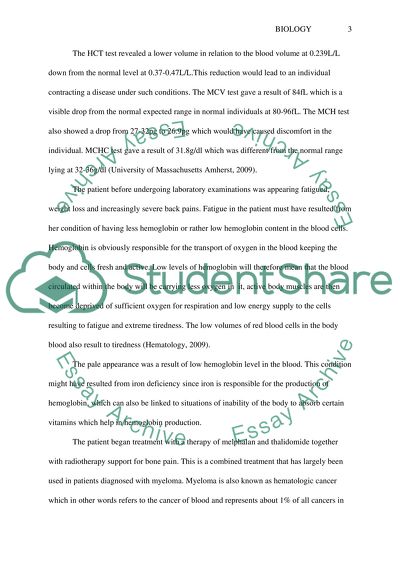Cite this document
(“Haematology Essay Example | Topics and Well Written Essays - 1000 words”, n.d.)
Haematology Essay Example | Topics and Well Written Essays - 1000 words. Retrieved from https://studentshare.org/biology/1470963-haematology
Haematology Essay Example | Topics and Well Written Essays - 1000 words. Retrieved from https://studentshare.org/biology/1470963-haematology
(Haematology Essay Example | Topics and Well Written Essays - 1000 Words)
Haematology Essay Example | Topics and Well Written Essays - 1000 Words. https://studentshare.org/biology/1470963-haematology.
Haematology Essay Example | Topics and Well Written Essays - 1000 Words. https://studentshare.org/biology/1470963-haematology.
“Haematology Essay Example | Topics and Well Written Essays - 1000 Words”, n.d. https://studentshare.org/biology/1470963-haematology.


